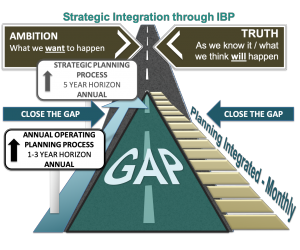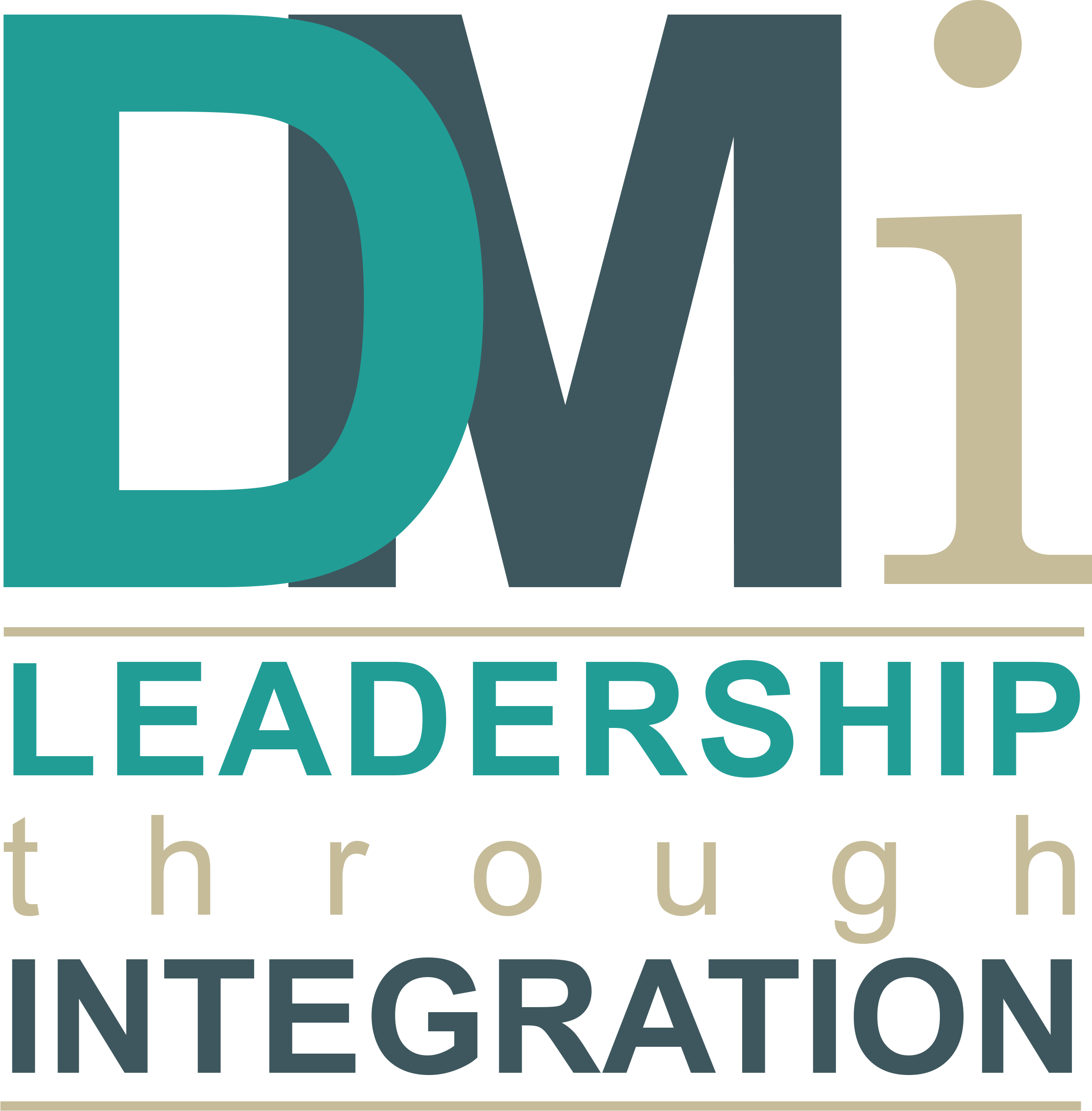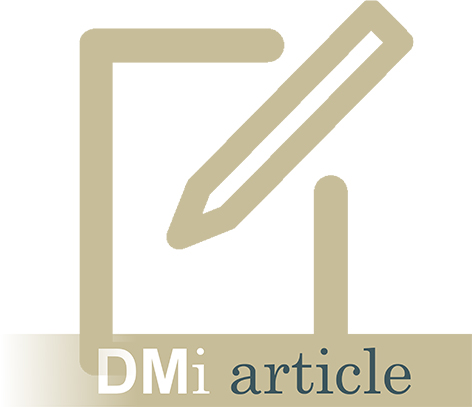The Future of IBP / S&OP
Sales and Operations Planning was originally developed out of the production planning process that was utilized within the MRP/MRPII methodology for rough cut capacity planning (RCCP). MRP and MRPII is driven at a detailed planning and scheduling level by a master production schedule (MPS) at item level. So in the early 80s the original S&OP process was defined to provide visibility of the long range (18 months) requirements at a ‘family’ level in order that the long term supply resources (capacity, labour and critical materials) could be balanced against those demands to create a demand and supply balance. It’s not surprising that S&OP was therefore seen as a supply chain process.
In fact I attended the first S&OP education session conducted in the UK back in 1983 which was entirely focused upon demand and supply balancing over an 18 month horizon. In the early 90s it was recognised that if there was an 18 month demand and supply plan then this could easily be translated into a financial projection that could be used to simplify the budgeting process, create financial integration and a focus upon ‘gap’ closure.

DMi The Gap
Towards the end of the 90s as many FMCG companies started to adopt S&OP the need to fully integrate the new product development and introduction process became a clear requirement. S&OP started to be referred to as Integrated Business Planning (IBP) the so called 5 Step process. The next development was the recognition that without an execution process then the strategic plan would never be more than a dream. As Larry Bossidy says in his book Execution “it is much better to have a less good strategy very well executed than the best strategy in the world not executed”. Many companies in the 2000s started to expand the IBP horizon to 24/36 months and utilize its gap closing and decision making focus as the execution mechanism for their strategic plan.
By this time IBP had also started to integrate other significant projects such as IT, reorganisations and acquisitions. So in the 2010s and beyond where has the IBP ‘state of the art’ reached and what will be the next areas and focus of development.
Business and the world are increasingly getting to the point where the ‘unexpected is becoming the expected!’ The principles of ‘one set of numbers’ and ‘truth as we know it’ have long been established as critical IBP success factors.
However in todays environment if IBP is to achieve its goal of being the primary business management process then it must completely embrace scenario planning as a ‘mainstream’ focus. It has also long been recognised that the success of IBP is about people and behaviour more than process or systems. However in todays world one of the most significant business issues is becoming ‘the attraction, development and retention of talent’ and who knows what impact Brexit will have on this issue? Consequently the next area for IBP development must be the complete integration of HR within the IBP process.
So IBP will become a process that:
- Balances long term (24 month+) demand and supply
- Has complete financial integration
- Fully integrates new product introduction/development
- Integrates all innovation activities
- Executes strategic plans
- Integrates people development and HR activity
It’s a long way from the S&OP of the 80s which is why we at DM Integration Ltd refer to the above as The Leadership Excellence model . The question that many companies should ask is whether their ‘S&OP’ process or project is a child of the 80s, 90s, 20s or 2010s?

